Where Are All the Baby Stars? High-Flying Balloon Telescope Could Find Out
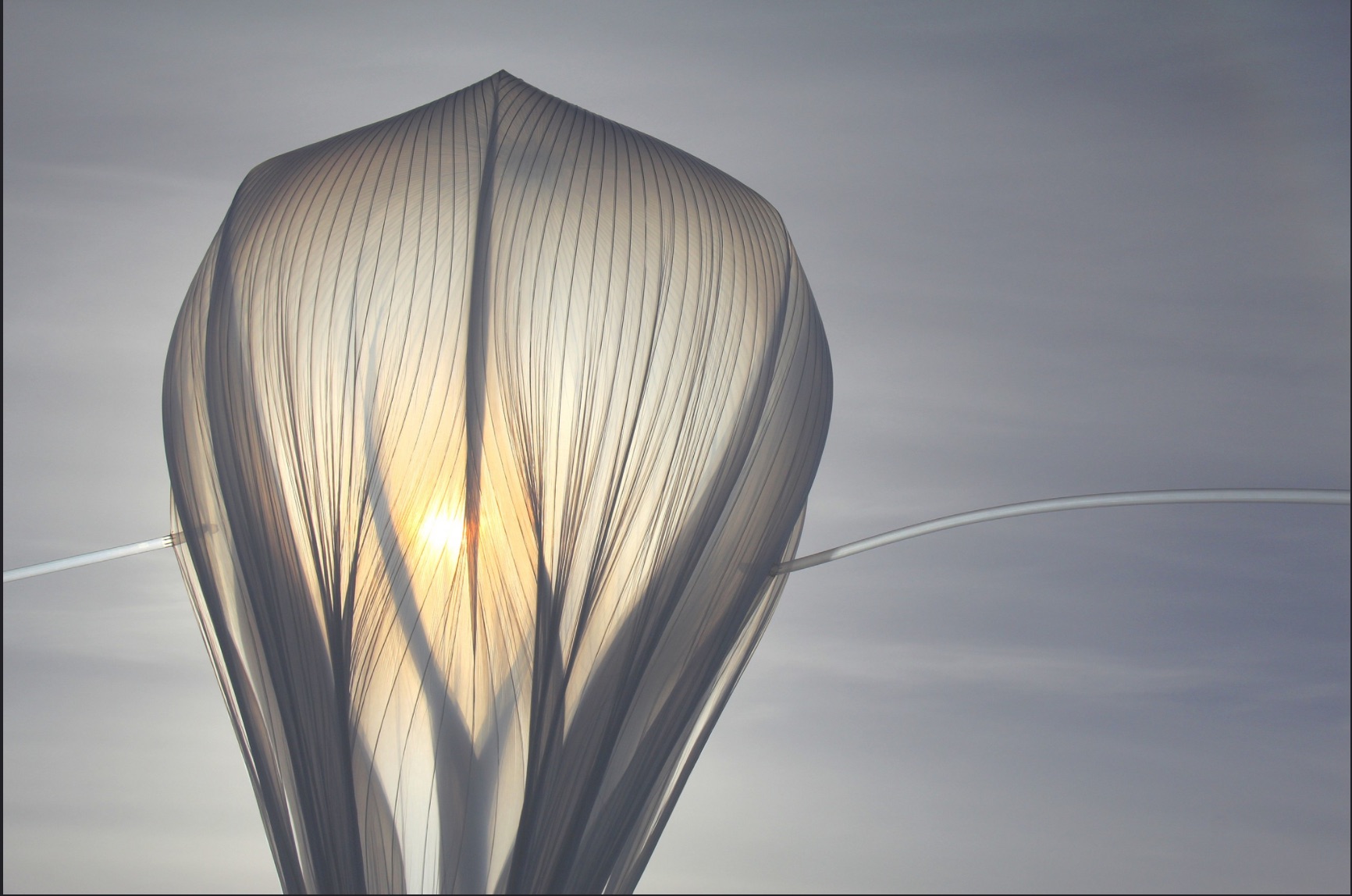
After riding the circular Antarctic air currents for 11 days, the BLAST balloon telescope ran into a slight problem: It failed to detach from its parachute after landing, so it was dragged about 125 miles (200 kilometers) across Antarctica, its pieces flying off along the way, until it was lost and unrecoverable in a crevasse field.
Luckily for the researchers, one of the pieces that flew off, a foot-long pressure vessel, still held the experiment's hard drives. The hard-won data was safe once the research team spotted its white case against the Antarctic snow.
"It was actually the most successful BLAST flight to that date," Laura Fissel, a researcher at the National Radio Astronomy Observatory, said at the American Astronomical Society's winter meeting in January. [Hubble Telescope Spies Amazing Star Factory]
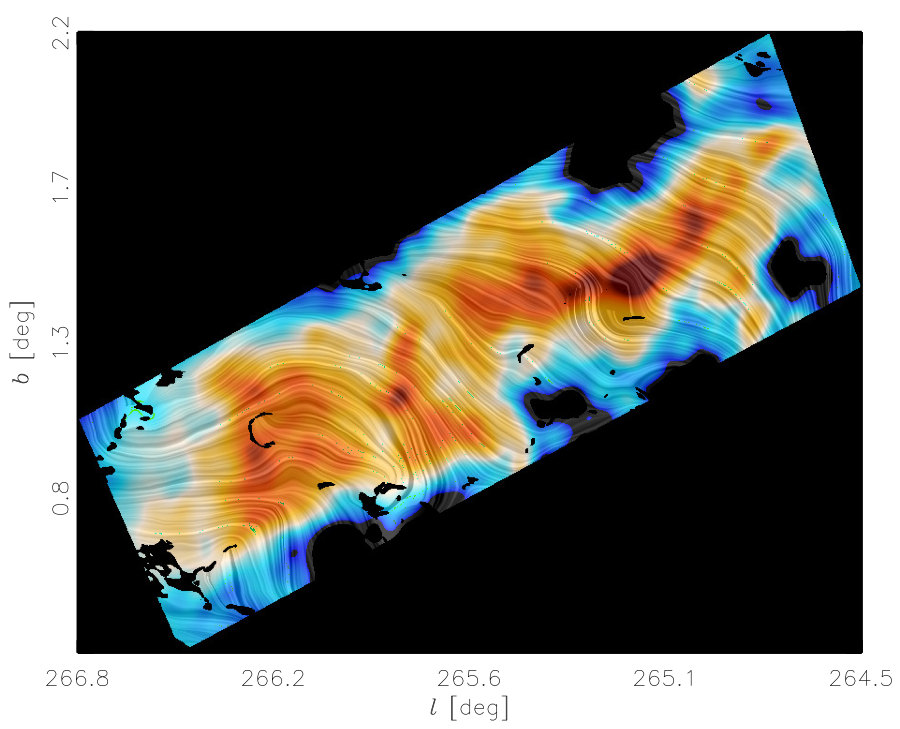
Despite the rough landing, the telescope had taken detailed measurements of interstellar dust. Fissel wasn't on the BLAST team at the time, but she worked on the telescope's successor, BLAST-Pol, which was built from pieces that were knocked off during BLAST's wild ride across the snowscape.
BLAST, which is short for Balloon-borne Large-Aperture Submillimeter Telescope, investigated the rate of star formation in both far-off galaxies and our own Milky Way. The researchers spotted intricate filaments of gas and dust, as well as dense clumps that could someday collapse into stars. But some of the clumps in the Milky Way seem to persist longer than expected without collapsing, resulting in a lower star-forming rate than expected. For a follow-up, the researchers decided to investigate whether the magnetic fields weaving through those interstellar clouds could be keeping them from crunching down.
BLAST-Pol ("Pol" is short for "Polarimeter") and the upcoming BLAST-TNG (short for "The Next Generation") aim to survey the dusty star-forming regions of the galaxy, to map the magnetic fields that formed there and help scientists understand the fields' impact on star birth.
"We were trying to study the magnetic fields in our galaxy and, in particular, in regions of our galaxy that are forming stars," Fissel told Space.com. "The magnetic field, if it's strong enough, can actually affect how the [star-forming] gas collapses and condenses, and in some cases, when it's really strong, it can actually provide support against gravity." That could explain why the dense areas seemed to linger longer than expected without collapsing and forming stars, she said.
Get the Space.com Newsletter
Breaking space news, the latest updates on rocket launches, skywatching events and more!
"The problem is, how do you observe a magnetic field in a distant part of our galaxy? We can't send a compass there," Fissel said.
Going up!
The first hot-air-balloon flight to have passengers lifted off in 1783; it carried a sheep, a rooster and a duck up through the atmosphere. A human flew in a hot-air balloon that same year. As balloons reached higher and higher, scientists saw a tantalizing realm to study. But humans couldn't survive long in the thin and cold air of such high altitudes, so people turned to automated instruments. Early weather balloons, for instance, carried instruments called meteorgraphs that recorded temperature, pressure and humidity as they rose toward the stratosphere.
Balloon technology provides a great opportunity for astronauts who want to study the cosmos as well: Typically, the Earth's atmosphere distorts much of the light that passes through it, absorbing some wavelengths and blurring objects as it moves. Being higher up reduces that distortion. Today, technology has advanced enough that a balloon can not only carry and support a telescope like BLAST three times as high as a commercial plane flies, but aim it with extreme precision automatically, so that researchers can take detailed measurements of the universe.
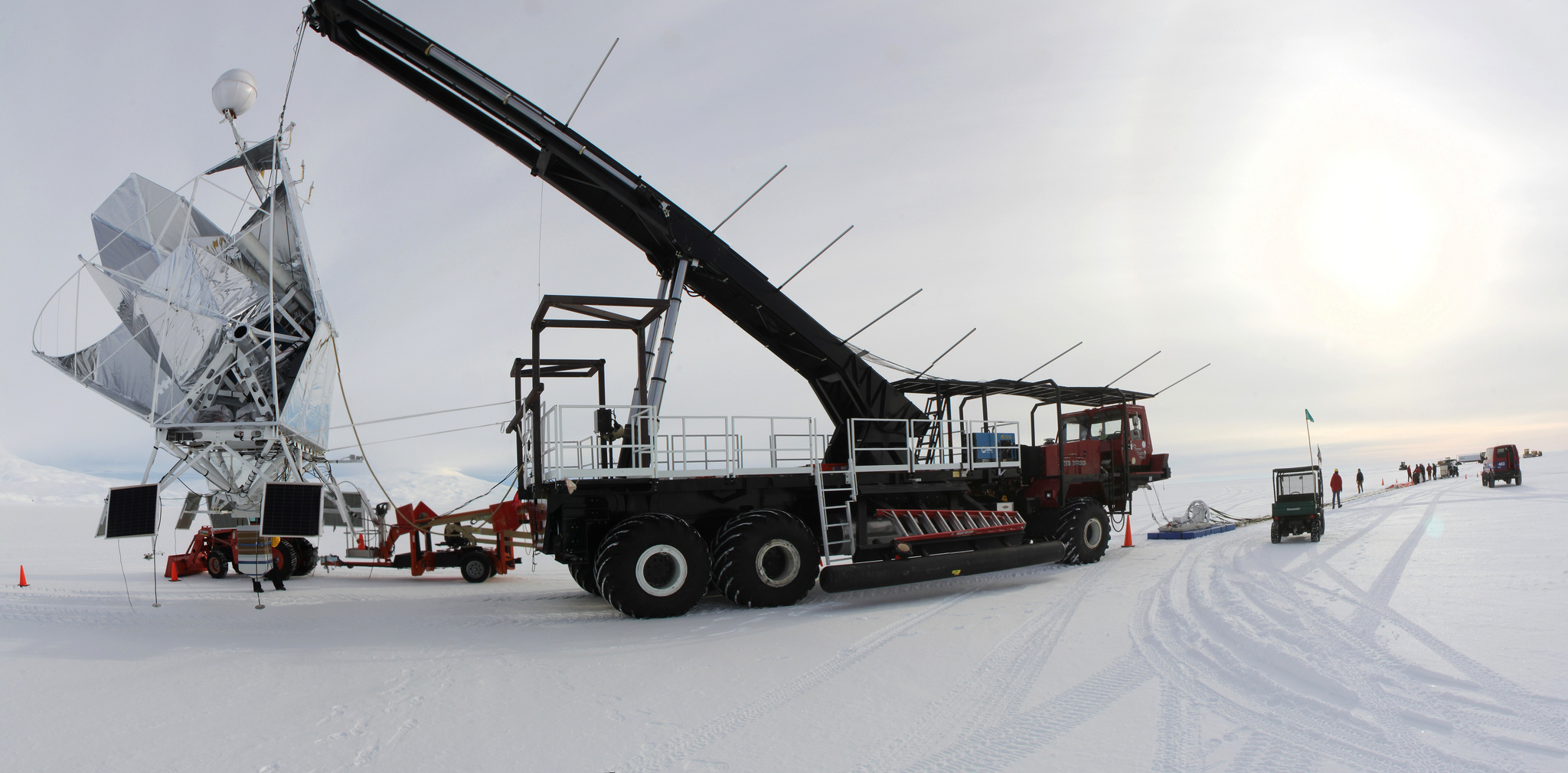
BLAST-Pol weighed about 4,000 lbs. (1,800 kilograms), with a big, aluminum frame acting as the balloon's gondola and cradling the telescope. The frame attached to the rest of the balloon by steel suspension cables that connected to a pivot, allowing the entire thing to turn to aim the telescope. Suspended on an inner frame, the telescope's mirrors collected light and aimed it into a cooling chamber called a cryostat that housed the telescope's sensors; the low temperature prevented false-positive infrared measurements due to heat.
To determine from afar how a star-forming region is magnetized during its flights, BLAST-Pol relied on a fact scientists already knew: Dust grains in deep space tend to line up with a magnetic field over time, which affects the light they give off. Some of that light is polarized, which means its electric field vibrates along a specific orientation. The balloon telescope was able to measure that polarized light and use it to work out the complex lines of the cloud's magnetic field.
"Only a few percent of the light is polarized; it's very, very weak," Fissel said. "But because our telescope operates above the atmosphere, we can observe over a really large range of colors — we can basically get lots and lots of light — and we can use that to make really sensitive maps of polarization. And then we use those to trace out the magnetic fields in these star-forming regions." [Whole Life Cycle of Stars Revealed in New Image]
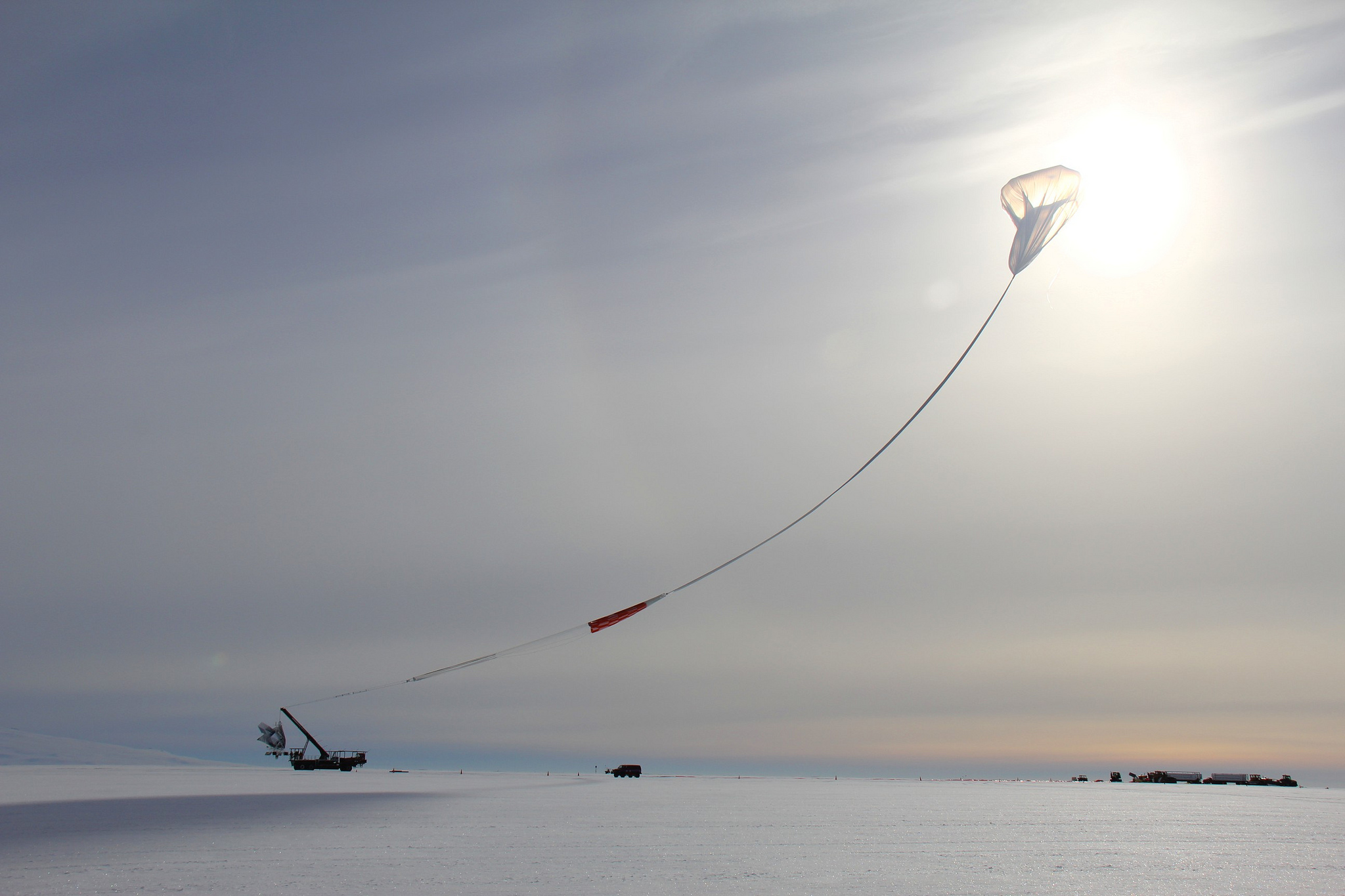
The European Space Agency's Planck space observatory, which operated from 2009 to 2013, has scanned the sky to build a map of the Milky Way's entire magnetic field, and some ground-based telescopes have mapped part of it, too. But BLAST's maps, while narrower, are much more detailed than other maps for the individual star-forming regions it examines, Fissel said.
"One of the things we hope to do is combine our data with the data from Planck, and hopefully also follow up our observations on the telescope, so that we can trace magnetic fields from the largest scales in our galaxy all the way down to clumps of gas that are forming individual or a few stars," she said.
The magnetic fields that the BLAST-Pol team found in nearby star-forming regions are very different from the well-ordered lines often pictured looping around a bar magnet, or even the slightly gnarly, but relatively focused, lines generated by Earth. Instead, the researchers found a lot of detailed whorls and bends, including strange, sharp changes in the field's direction that could be caused by gas flows with different magnetic fields colliding but don't seem to occur in the densest parts of the clouds.
The changes also could be distortions resulting from BLAST-Pol's view from near Earth; it sees the magnetic field in only two dimensions (horizontal and vertical) across the sky. The field likely curves every which way through the clouds of gas, and scientists on Earth wouldn't be able to see the parts pointed toward or away from Earth.
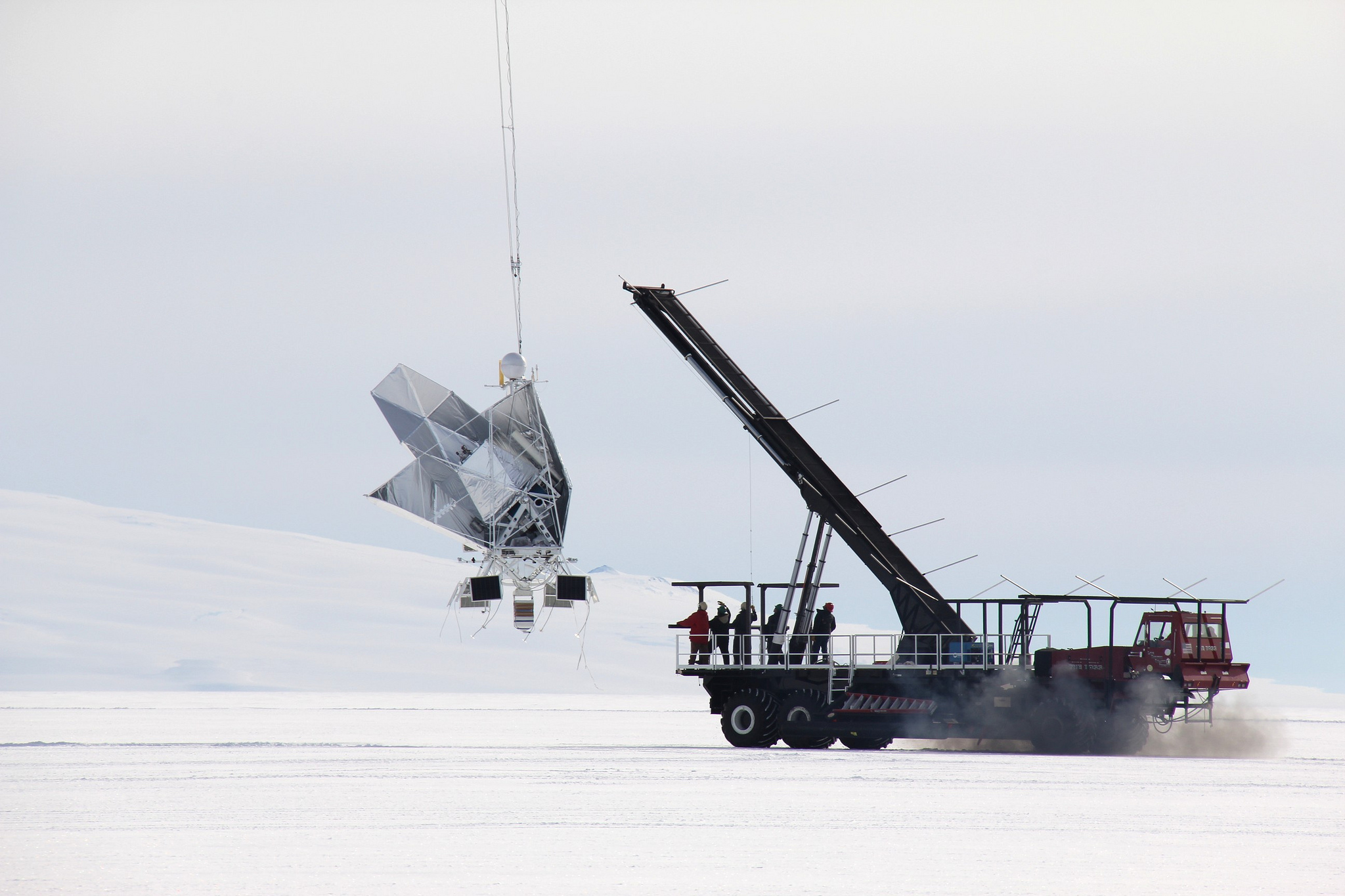
Level up
BLAST-Pol's successor, BLAST-TNG, will kick things up a notch. When it rises in December 2017, it will spend 28 days in the air, mapping interstellar dust in incredible detail. It will do so at least 10 times as fast as BLAST-Pol could, at about six times higher resolution. The entire thing will weigh 5,000 lbs., with a telescope and gondola hanging from a balloon about 1.5 times the length of a football field. (The balloon is only partially inflated when it begins to rise, and expands by a factor of 200 as the atmospheric pressure around it decreases.) Like BLAST-Pol, BLAST-TNG will be able to rotate the entire telescope to scan the sky, and its sensitive detectors will be kept near absolute zero (minus 459.67 degrees Fahrenheit, or minus 273.15 degrees Celsius) so that they can be as sensitive as possible to infrared light, which is generated by heat. It will gather so much data that the team is offering a quarter of the observation time to other groups to investigate their own features.
BLAST-TNG's primary mirror is so large — 2.5 meters (8.2 feet) — that it won't fit in an ordinary truck. As such, it won't be put together with the rest of the telescope until an integration at the NASA Balloon Facility in Texas this July, Fissel said.
"With a new telescope, we'll be able to look at many more clouds, but we'll also have the sensitivity that we can start looking [to] more diffuse clouds of gas and dust in our galaxy, which might someday compress down to forming these clouds where stars form," Fissel said. "We're studying how these star-forming clouds are actually created."
This insight into the precursors of star-forming clouds, where hints of stars are encoded in denser patches of interstellar dust, will help researchers understand how a magnetic field develops and, in turn, shapes the development of the forming stars. And it will all be done from a seat 24 miles (38.5 km) above Earth.
Email Sarah Lewin at slewin@space.com or follow her @SarahExplains. Follow us @Spacedotcom, Facebook and Google+. Original article on Space.com.
Join our Space Forums to keep talking space on the latest missions, night sky and more! And if you have a news tip, correction or comment, let us know at: community@space.com.

Sarah Lewin started writing for Space.com in June of 2015 as a Staff Writer and became Associate Editor in 2019 . Her work has been featured by Scientific American, IEEE Spectrum, Quanta Magazine, Wired, The Scientist, Science Friday and WGBH's Inside NOVA. Sarah has an MA from NYU's Science, Health and Environmental Reporting Program and an AB in mathematics from Brown University. When not writing, reading or thinking about space, Sarah enjoys musical theatre and mathematical papercraft. She is currently Assistant News Editor at Scientific American. You can follow her on Twitter @SarahExplains.









